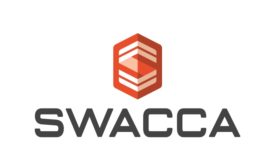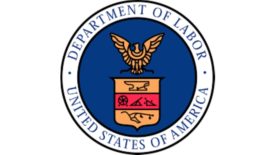Home » SWACCA
Articles Tagged with ''SWACCA''
Connect with the industry’s leading resource for unparalleled insights and education.
Join thousands of industry professionals today. Shouldn’t you know what they know?
JOIN NOWCopyright ©2025. All Rights Reserved BNP Media.
Design, CMS, Hosting & Web Development :: ePublishing


